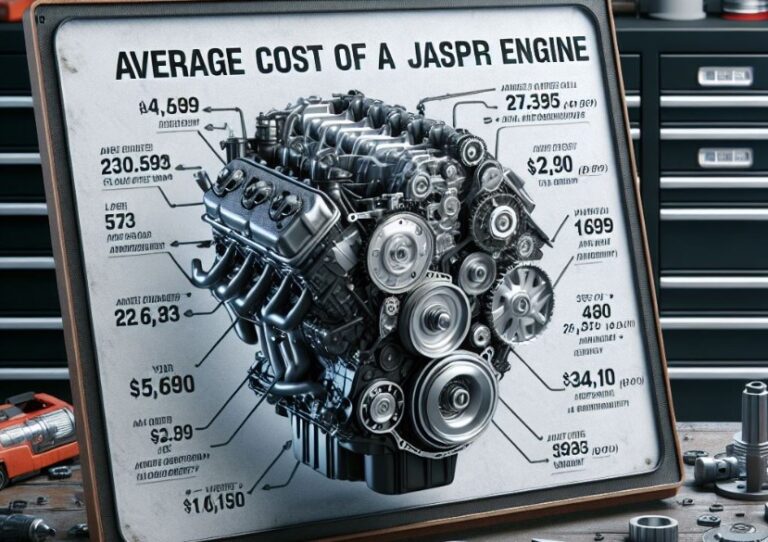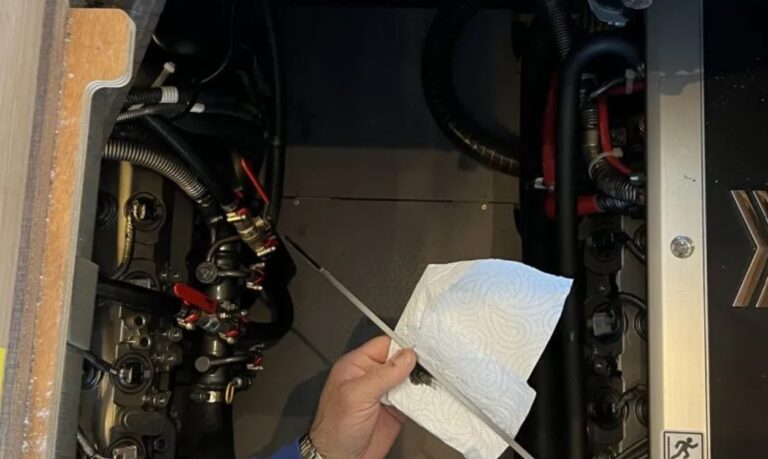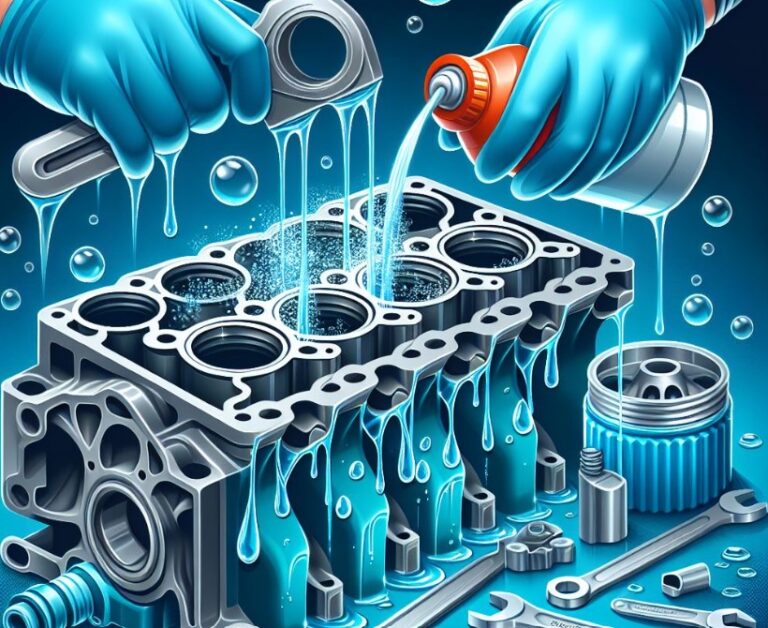Can I Pump Diesel With Engine Running? Quick Answer
The question is, Can I Pump Diesel With Engine Running? often arises among drivers, especially those who are new to diesel vehicles. The answer is not a straightforward ‘yes’ or ‘no’ but involves understanding the safety implications, legal aspects, and the technological context of modern diesel vehicles. This discussion explores various facets of this topic to offer comprehensive insights.
Key Takeaways
- Pumping diesel with the engine running can pose safety risks.
- Different countries and regions have specific regulations.
- Modern vehicles are equipped with safety features to reduce risks.
- Professional advice and best practices should be followed for safety.
Can I Pump Diesel With Engine Running?
No, it is not safe to pump diesel with the engine running. Turning off the engine during refueling is the recommended safety practice to avoid the risk of igniting fuel vapors, which can lead to fires or explosions.
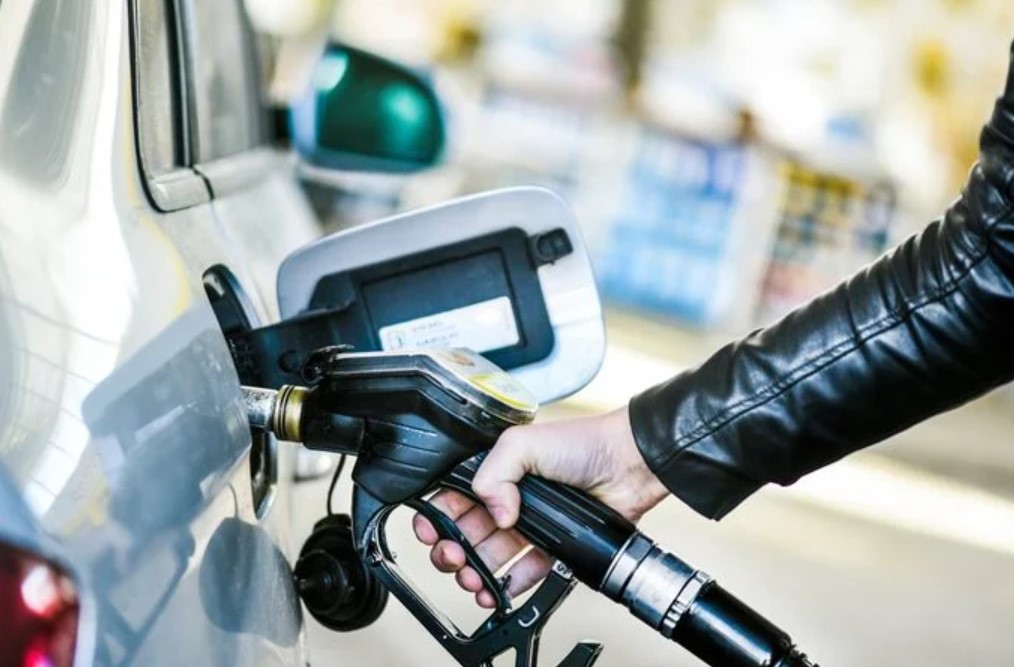
Safety Concerns When Pumping Diesel with Engine Running
Understanding the Risks
Pumping diesel while the engine is running is generally advised against due to safety concerns. The primary risk involves the potential for fuel vapors to ignite. These vapors, when exposed to the engine’s heat or electrical components, can cause fires or explosions. Additionally, there is a risk of fuel spillage, which increases the danger when the engine is operational.
Legal Implications and Regulations
Different countries have distinct regulations regarding refueling with the engine on. For instance, in some regions, it is illegal to leave the engine running due to the risk it poses. It’s essential to be aware of and comply with local laws to avoid penalties and ensure safety.
Technological Safeguards in Modern Vehicles
Advanced Safety Features
Modern diesel vehicles come equipped with various safety features designed to minimize risks. These include vapor recovery systems and automatic shut-off mechanisms. While these technologies enhance safety, they do not eliminate all risks associated with refueling with the engine running.
The Role of Vehicle Design
Vehicle design plays a critical role in safety during refueling. Newer models have more sophisticated systems that reduce the likelihood of vapor ignition. However, relying solely on these safety features is not advisable, as they are not fail-proof.
Best Practices for Refueling Diesel Vehicles

Expert Recommendations
Professionals in the automotive industry recommend turning off the engine while refueling. This precaution reduces the risk of fire and ensures a safer refueling process. Following this standard practice is advised regardless of the vehicle’s age or technology.
Practical Tips for Drivers
Drivers should ensure that their vehicle is turned off and the keys are removed from the ignition before refueling. It’s also important to avoid smoking or using electronic devices near the fuel pump. These simple steps can significantly enhance safety during the refueling process.
Comparative Analysis: Diesel vs. Gasoline Refueling
Differences in Fuel Properties
The properties of diesel fuel differ from those of gasoline, affecting the safety dynamics of refueling. Diesel is less volatile than gasoline, which could imply a lower risk of ignition. However, this does not eliminate the need for caution.
Refueling Practices for Different Fuels
While the basic safety practices remain the same, the approach to refueling can vary slightly between diesel and gasoline vehicles. Understanding these nuances is crucial for maintaining safety.
International Perspectives on Refueling Practices
Regulations Around the World
The approach to refueling with the engine running varies globally. Some countries have strict regulations, while others offer more flexibility. Learning about these international perspectives can provide a broader understanding of safety practices.
Cultural Differences in Refueling Etiquette
Cultural factors also play a role in how refueling is approached in different parts of the world. These differences highlight the importance of contextual understanding when discussing refueling practices.
Do I Need To Turn Off A Diesel When Fueling?
Turning off a diesel vehicle while fueling is strongly recommended for safety reasons. When a diesel engine is running during refueling, there is a risk of igniting the fuel vapors, which can lead to fires or explosions.

This safety concern is recognized by many safety guidelines and regulations globally. Moreover, the static electricity generated by the running engine can also contribute to the ignition of fuel vapors.
As a best practice, always turn off the vehicle before beginning the refueling process to ensure safety. This standard is upheld by safety experts and regulatory bodies to minimize risks associated with fuel vapor ignition.
Can I Fill My Diesel While It’s Running?
It is not advisable to fill a diesel vehicle while it’s running. The practice of refueling with the engine running goes against the recommended safety protocols. Diesel fuel, like any other fuel, emits vapors that can be ignited by the heat or electrical components of a running engine.
Although modern vehicles are equipped with various safety features, these cannot completely negate the risks involved in refueling with the engine on. The safety risks outweigh any perceived convenience of keeping the engine running, and turning off the engine is a simple yet effective measure to enhance safety during refueling.
Can You Leave A Truck Running While Fueling?
Leaving a truck running while fueling is generally not recommended and can be unsafe. Trucks, like other diesel vehicles, should have their engines turned off during the refueling process.
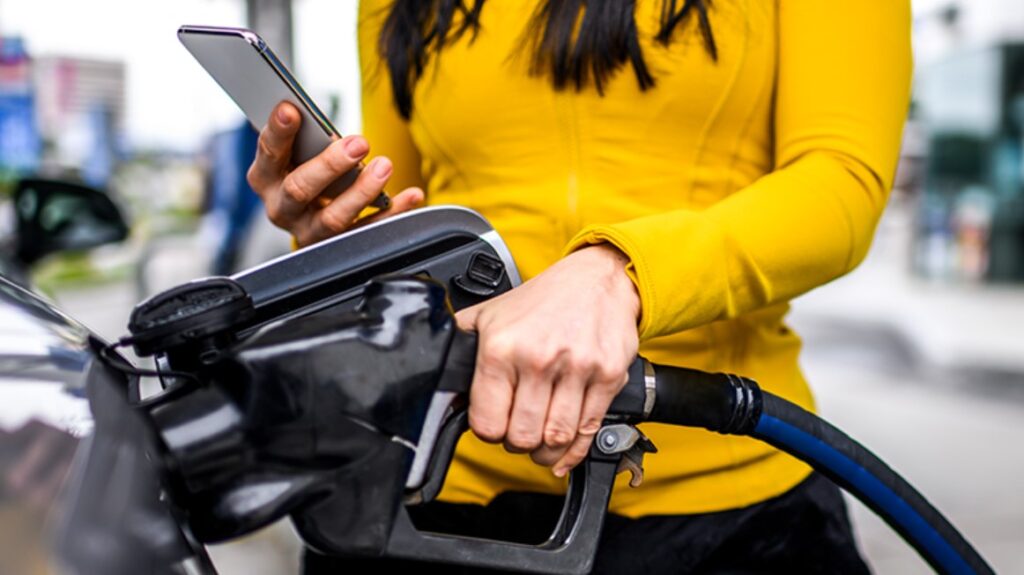
This is especially important for larger vehicles like trucks, which have larger fuel tanks and, therefore, a greater volume of fuel vapors during refueling.
These vapors can easily ignite if they come into contact with the engine’s heat or electrical sparks. The practice of turning off the engine is not only a safety measure but is also mandated in many places to prevent accidents at fuel stations.
Can You Fill A Diesel Generator While It’s Running?
Filling a diesel generator while it’s running is highly discouraged due to significant safety hazards. When a generator is operational, its engine generates heat and can produce sparks, both of which pose a substantial risk of igniting fuel vapors during refueling.
Additionally, the vibration of a running generator can cause spills, further increasing the risk of fire. For these reasons, it is a standard safety procedure to turn off a diesel generator and allow it to cool down before refueling. This practice is in line with general safety recommendations for handling flammable liquids and operating machinery.
Conclusion
In conclusion, while modern diesel vehicles are equipped with advanced safety features, the practice of pumping diesel with the engine running remains a safety concern. It is advised to turn off the engine during refueling to minimize risks.
Understanding the legal, technological, and practical aspects of this topic is crucial for safe and responsible driving. So, Can I Pump Diesel With Engine Running? The safest answer remains a cautious ‘no’, emphasizing the importance of safety over convenience.
People Also Ask
Is it more dangerous to refuel diesel vehicles at night or in hot weather?
Refueling diesel vehicles at night or in hot weather does not significantly alter the fundamental risks. However, it’s important to be extra cautious in these conditions due to reduced visibility at night and increased vapor pressure in hot weather, which can elevate the risk of vapor ignition.
What should a driver do if they accidentally begin refueling with the engine on?
If a driver realizes they have begun refueling with the engine running, they should immediately turn off the engine and ensure that the area is safe. This minimizes the risk of igniting fuel vapors.
Are there cultural differences in refueling practices globally?
Yes, cultural and regulatory differences impact refueling practices around the world. Some countries have stricter regulations and practices than others, emphasizing the importance of adhering to local norms and laws.
How does refueling diesel differ from refueling gasoline vehicles in terms of safety?
While the fundamental safety practices remain similar, diesel fuel is less volatile than gasoline, which slightly alters the risk profile. However, caution is still necessary regardless of the fuel type due to the inherent risks of fuel vapor ignition.

Welcome to the exhilarating world of Matt Rex, a professional car racer turned renowned vehicle enthusiast. Immerse yourself in his captivating blog as he shares heart-pounding adventures, expert reviews, and valuable insights on cars, trucks, jets, and more. Fuel your passion for speed and discover the beauty of vehicles through Matt’s engaging stories and meticulous expertise. Join the ever-growing community of enthusiasts who find inspiration and expert advice in Matt Rex’s blog—a digital hub where the thrill of speed meets the pursuit of knowledge.





